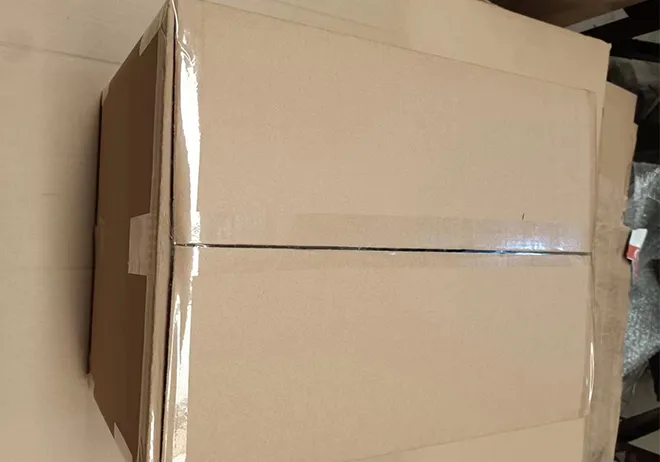
enameled cast iron vs regular
Enameled Cast Iron vs. Regular Cast Iron A Comprehensive Comparison
When it comes to cookware, cast iron remains a popular choice among chefs and home cooks alike. Its ability to retain heat and even cook food makes it a reliable option. However, there are two main types of cast iron cookware on the market enameled cast iron and regular cast iron. Each has its unique properties, benefits, and drawbacks. In this article, we will compare these two types of cookware to help you make an informed decision about which is best for your kitchen.
What is Regular Cast Iron?
Regular cast iron cookware is made from molten iron, which is poured into molds and cooled to form solid pieces. This type of cookware typically has a rough, matte surface that requires seasoning. Seasoning involves applying a thin layer of oil and heating it to create a non-stick coating. With proper care and maintenance, regular cast iron can last a lifetime and even improve with age, developing a natural non-stick surface.
The benefits of regular cast iron include its excellent heat retention and even heat distribution, making it ideal for frying, baking, and slow-cooking. It's incredibly versatile and can be used on the stovetop, in the oven, and even over an open flame. However, one of the downsides is that regular cast iron requires regular seasoning to maintain its performance and prevent rusting. Additionally, it can be reactive with acidic foods, such as tomatoes and vinegar, which can strip away the seasoning and affect the taste of the dish.
What is Enameled Cast Iron?
Enameled cast iron, on the other hand, is a more modern take on traditional cookware. It consists of cast iron coated with a layer of enamel or ceramic, which creates a smooth, glossy surface. This enamel coating eliminates the need for seasoning and provides protection against rust and corrosion. Enameled cast iron is available in a variety of colors and styles, making it an attractive addition to any kitchen.
enameled cast iron vs regular

The benefits of enameled cast iron include its ease of use and maintenance. You can cook acidic foods without fear of damaging the surface or altering the flavors of your dish. The smooth enamel finish also allows for easier cleanup, as it is usually dishwasher-safe. Moreover, enameled cast iron distributes heat well and can go from stovetop to oven seamlessly. However, the downsides are that it can be more expensive than regular cast iron, and the enamel coating can chip or crack if not handled carefully.
Choosing the Right Option for You
When deciding between enameled cast iron and regular cast iron, consider how you plan to use the cookware. If you enjoy slow cooking, frying, or baking and want a piece that will develop a natural non-stick surface over time, regular cast iron may be the way to go. It is robust, durable, and can be passed down through generations when cared for properly.
On the other hand, if you prefer the convenience of dishwasher-safe cookware and want to avoid the hassle of seasoning, enameled cast iron could be the better choice. It is especially suitable for those who frequently cook acidic dishes or are looking for a visually appealing pot or pan to display in their kitchen.
Conclusion
Both enameled cast iron and regular cast iron have their advantages and disadvantages. Understanding the differences and considering your cooking style and preferences will help you make the best choice for your kitchen. Whether you opt for the traditional approach of regular cast iron or the modern convenience of enameled cast iron, investing in quality cookware is sure to enhance your culinary experience. Happy cooking!
-
Dutch Oven Slow Cooker: AI Recipes & Even HeatingNewsAug.04,2025
-
Premium Cast Iron Large Griddle | Durable & Even HeatingNewsAug.03,2025
-
Large Cast Iron Griddle Pan-Baixiang County Zhongda Machinery|Non-Stick&Heat RetentionNewsAug.03,2025
-
Cast Iron Cookware Pan- Baixiang County Zhongda Machinery|Non-stick, DurableNewsAug.03,2025
-
Black Cast Iron Pan- ZD Cookware|Non-Stick, Heat ResistantNewsAug.03,2025
-
Cast Iron Cookware Pancake Pan- ZD Cookware|Non-Stick, Even Heat, DurableNewsAug.02,2025


